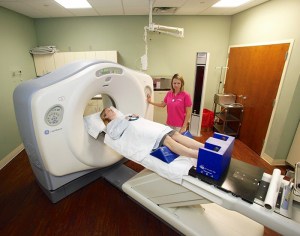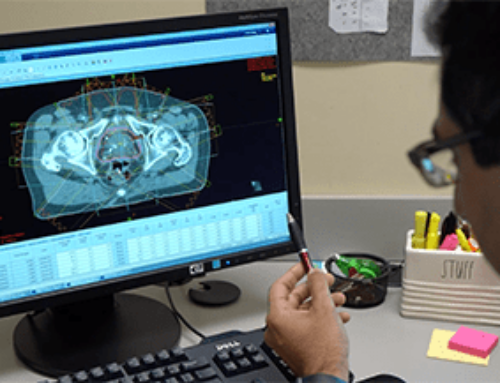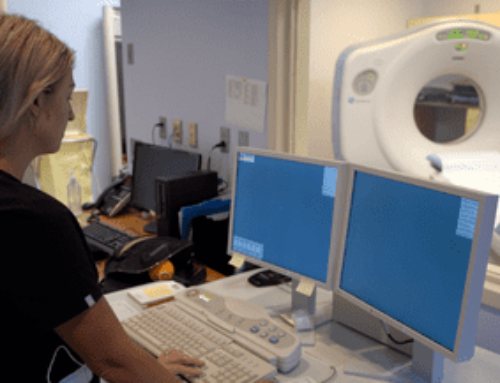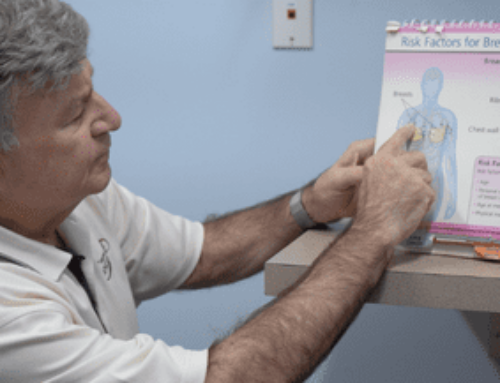One of the common questions we hear from patients and potential patients is, “What is radiation oncology?” Simply put, radiation oncology is the term used to define all aspects of research impacting the treatment of cancer using radiation.
Steven G. Lester, MD, FACRO, says questions about radiation oncology are common among his patients. The optimal treatment plan will depend on the type of cancer and how advanced it is, although one of the newer treatment fields to consider is radiation therapy.
“The use of radiation to treat cancer is rather new in medicine,” Dr. Lester explains. “It’s probably one of the most effective treatments for cancer when you deal with invasive, infiltrative malignancies. We can treat it from head to toe.”
At high doses, radiation therapy destroys cancer cells or slows their growth by damaging their DNA. Cells with damaged DNA eventually die, are broken down and then removed by the body. Unfortunately, radiation therapy does not kill cancer cells in one shot, instead the process may take weeks or months of treatment.
Physicians specializing in radiation oncology are known as radiation oncologists. One of their chief responsibilities is to evaluate patients and determine whether or not they are good candidates for the radiation therapy treatment option.
“Our goal is to know the history of the malignancy, know what the best treatment is for you and to coordinate with your physicians who may be performing surgery or giving chemotherapy,” Dr. Lester says.
A radiation oncologist may pursue radiation therapy for patients with cancer with the hope the treatment will treat the cancer by either destroying a tumor, preventing recurrence or both. In these scenarios, radiation therapy can be used alongside chemotherapy or surgery.
Radiation therapy can also be used as a palliative treatment to ease cancer symptoms such as breathing trouble, loss of bowel or bladder control and pain from cancer that has spread to the bone.
Expectations with Radiation Oncology
 A radiation oncologist puts together a patient’s treatment plan through a planning process, which starts with simulation. The oncologist maps out the area that needs treatment, and then the doctor or a radiation technician uses a special X-ray to simulate how the treatment would work.
A radiation oncologist puts together a patient’s treatment plan through a planning process, which starts with simulation. The oncologist maps out the area that needs treatment, and then the doctor or a radiation technician uses a special X-ray to simulate how the treatment would work.
There are two types of radiation oncology:
External Beam Radiation Therapy. External beam radiation therapy can be used to treat many types of cancer. A linear accelerator administers direct radiation to the affected area. Each session lasts about 15 minutes and is generally painless. Patients typically have 5 treatment sessions each week with a consecutive two-day break to allow healthy tissue that may have been damaged to heal. This continues for about six weeks.
Internal Radiation Therapy. This treatment, also known as brachytherapy or seed treatment, involves temporary or permanent placement of radioactive sources in the tumor site. Internal radiation therapy is often used to treat cancers of the head and neck, breast, cervix, prostate and eye. The procedure allows the doctor to administer a higher total dose of radiation to a smaller area in just a single procedure. This treatment can be used alone or in conjunction with external beam radiation.
Patients with cancer should consult with a radiation oncologist to see if the procedure is right for them. Schedules, results and types of radiation will vary patient-by-patient.





